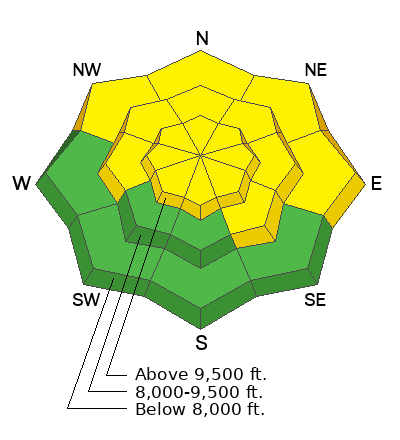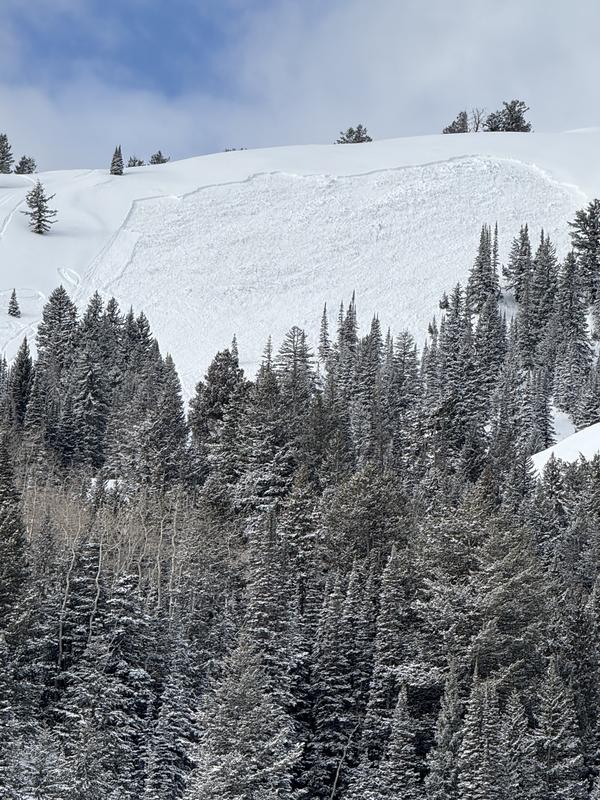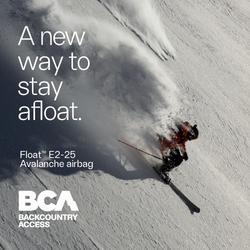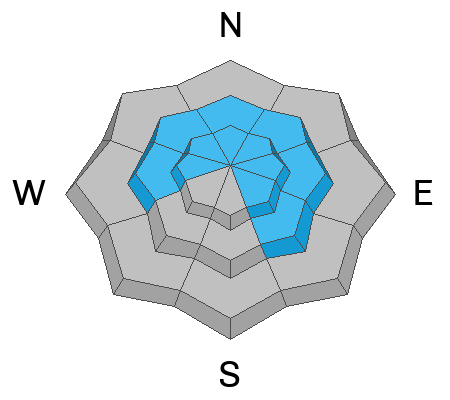Forecast for the Provo Area Mountains

Issued by Drew Hardesty on
Tuesday morning, February 11, 2025
Tuesday morning, February 11, 2025
A MODERATE avalanche danger exists on many aspects and elevations. The danger is higher along the Wasatch Back near the Ant Knolls and upper Snake Creek and may more mirror the SLC area avalanche hazard. Human triggered avalanches 1-3 feet thick are possible and may be unsurvivable. Extra Caution is required on steep north to east facing slopes.

Low
Moderate
Considerable
High
Extreme
Learn how to read the forecast here






